31, March 2023
East Asia and Pacific Regional Growth to Accelerate as China Rebounds 0
Growth in developing East Asia and the Pacific is forecast to accelerate in 2023 as China’s economy reopens, while the pace of growth in most of the economies in the rest of the region is anticipated to ease after a strong rebound last year, a World Bank report said on Thursday.
Economic performance across the region, while robust, could be held back this year by slowing global growth, elevated commodity prices, and tightening financial conditions in response to persistent inflation, according to the World Bank’s East Asia and Pacific April 2023 Economic Update.
Growth in developing East Asia and the Pacific is forecast to accelerate to 5.1% in 2023 from 3.5% in 2022, as China’s reopening helps the economy rebound to a 5.1% pace from 3% last year. Growth in the region outside China is anticipated to moderate to 4.9% from the robust post-COVID-19 rebound of 5.8% in 2022, as inflation and elevated household debt in some countries weigh on consumption.
“Most major economies of East Asia and the Pacific have come through the difficulties of the pandemic but must now navigate a changed global landscape,” said World Bank East Asia and Pacific Vice President Manuela V. Ferro. “To regain momentum, there is work left to do to boost innovation, productivity, and to set the foundations for a greener recovery.”
Among the larger economies of the region, most, including Indonesia, the Philippines, and Vietnam, are anticipated to grow more modestly in 2023 than in 2022. Most Pacific Island countries are forecast to grow faster in 2023, but Fiji’s exceptionally strong economic pace in 2022 is likely to moderate.
Most countries in the EAP region have seen two decades of higher and more stable growth than economies in other regions. The result has been a striking decline in poverty and, in the last decade, also a decline in inequality. However, the catch-up to the per capita income levels of advanced economies has stalled in recent years as productivity growth and the pace of structural reforms has slowed. Addressing the significant “reform gap,” especially in services, could magnify the impact of the digital revolution and boost productivity in sectors from retail and finance to education and health.
The economies of the region must also cope with three important challenges as policymakers act to sustain and accelerate economic growth in the aftermath of COVID-19. Rising tensions between major trading partners will affect trade, investment, and technology flows across the region. The rapid aging of the major economies of East and Southeast Asia heralds a new set of challenges and risks with implications for economic growth, fiscal balances, and health. Finally, the region is particularly exposed to climate risks, in part due to the high density of population and economic activity along its coasts.
“De-globalization, aging, and climate change are casting a shadow over the growth prospects of a region that has thrived through trade and is growing old fast,” said World Bank East Asia and Pacific Chief Economist Aaditya Mattoo. “However, promoting trade, addressing population dynamics, and enhancing climate resilience could strengthen growth.”
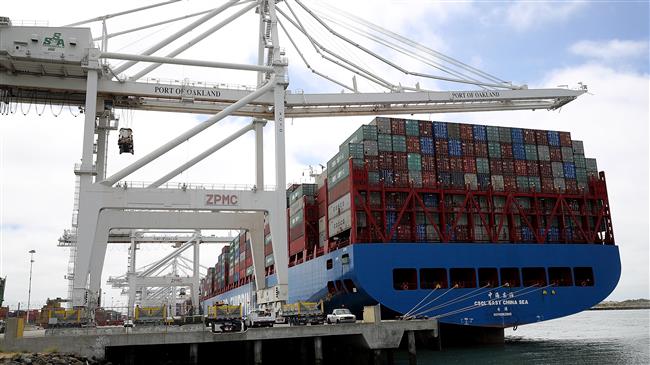
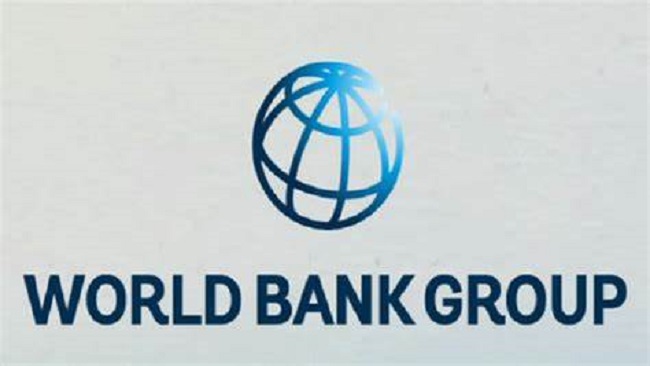

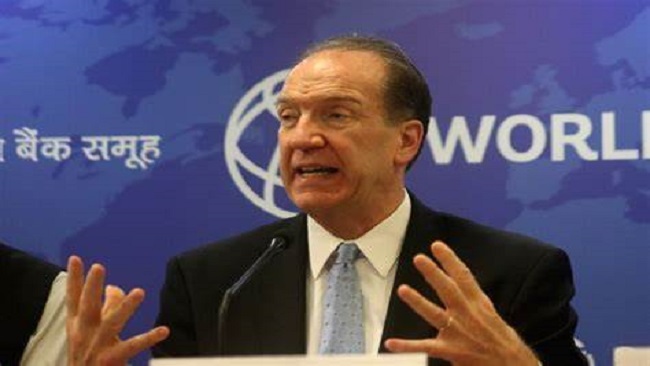
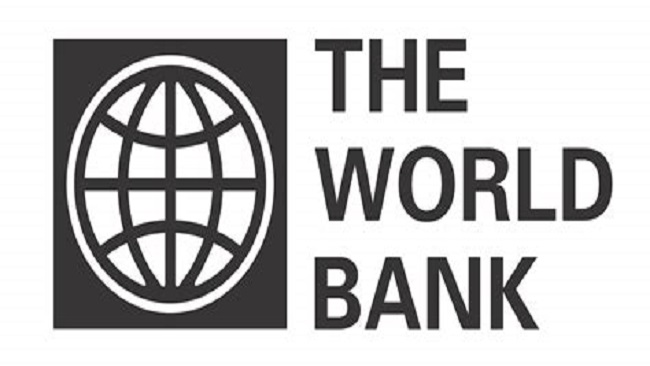







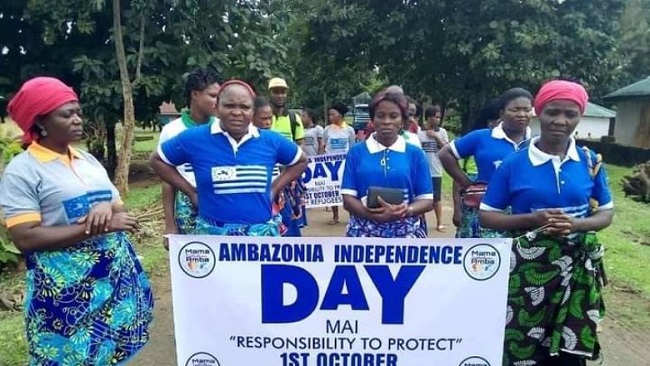



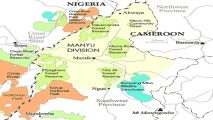






4, April 2023
Global Economy Trends in Nearshoring and Green Industry Can Help Boost Growth in Latin America and the Caribbean 0
Latin America and the Caribbean economies have proven relatively resilient in the wake of increasing debt stress, inflation and rising global uncertainty. But new headwinds in the form of lower commodity prices, higher interest rates in developed countries and China’s unsteady recovery could potentially turn the region’s prospects bleak.
In order to boost much needed growth, countries should preserve their hard-won resilience and seize the unique opportunities global economy trends offer in nearshoring – moving production closer to home markets, and the green industry, according to a new World Bank report, “The Promise of Integration, Opportunities in a Changing Global Economy”.
The report estimates regional GDP will grow by 1.4 percent in 2023, a lower-than-expected rate. Rates of 2.4 percent are expected for 2024 and 2025, too low to make significant progress in poverty reduction.
“The region has largely recovered from the pandemic crisis but unfortunately is back to the low growth levels of the previous decade,” said Carlos Felipe Jaramillo, World Bank Vice President for Latin America and the Caribbean. “Countries need to urgently accelerate inclusive growth, so that everyone benefits from development, and this will require maintaining macroeconomic stability and taking advantage of the opportunities trade integration offers today.”
After recovering from the pandemic, the region has managed with relative success the multiple crises caused by the Russian war in Ukraine and the uncertainties surrounding the global economy. Both poverty and employment are mostly back to pre-pandemic levels, while average inflation, excluding Argentina, is expected to decline to 5.0 percent in 2023 after reaching 7.9 percent in 2022.
According to the report, the region´s overall resilience is the result of hard-won progress in macroeconomic management over the past two decades. Preserving this progress will be paramount.
However, on average, fiscal imbalances remain high, expected at 2.7 percent of GDP in 2023, further eroding already tight fiscal space, and debt levels are estimated to reach 64.7 percent of GDP this year, slightly down from 66.3 percent in 2022. Furthermore, the recent bank failures in the US and Europe introduce additional uncertainty. Its resonance in LAC´s banking system and capital flows remains to be seen.
“The LAC region remains one of the least integrated, while trade openness and FDI flows have mostly been stagnant or decreasing over the past 20 years; countries should find ways to gain attractiveness and take advantage of the nearshoring trends,” said William Maloney, chief economist for Latin America and the Caribbean at the World Bank. “In addition, leveraging the region’s extraordinary comparative advantage in sustainable energy production, commodities necessary for emerging green industries, and the region’s unique natural capital offers a new potential source of growth, but will require policies to facilitate access to global markets, capital, and technology.”
The report suggests a series of integration advancing policies countries should consider to seize these opportunities. This includes long term policies such as reducing systemic risks, boosting traditional and digital infrastructure investments, and improving human capital, as well as short-term options such as preserving macro stability, promoting customs and transport regulatory advances, and improving export and investment promotion agencies.